10 best plants for loamy soil – gardening experts recommend the flowers, shrubs, and trees that will thrive in balmy conditions
Find out what expert-approved varieties to grow if you want the best plants for your loamy soil
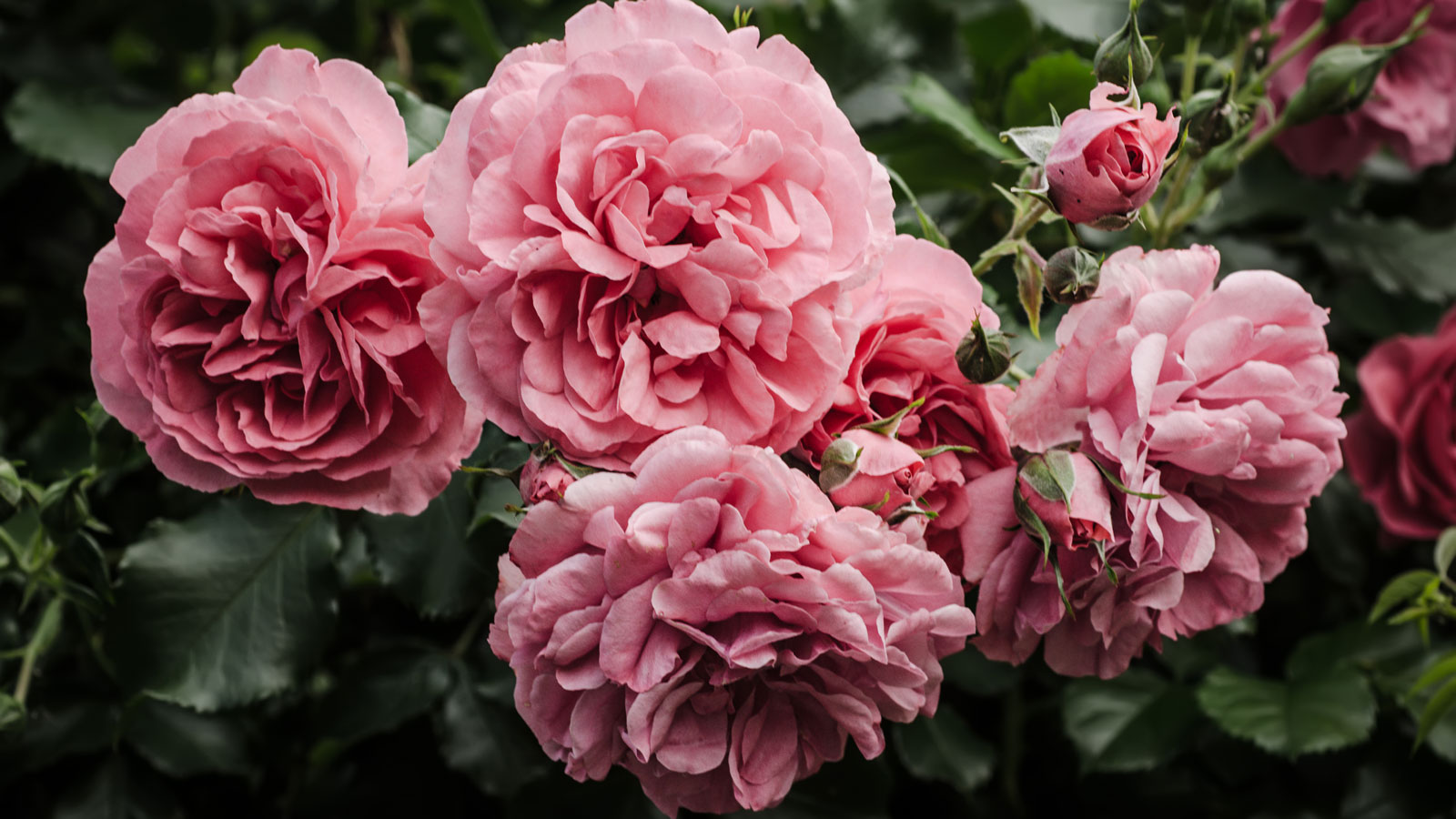

When I was studying horticulture, loamy soil was flagged up as the most desirable type of soil since it incorporates a perfect mix of sand, silt and clay. So if you're looking for the best plants for loamy soil, you're a very lucky gardener indeed, as you have what everyone else wants.
Let's start by listing the positives about loamy soil. It will happily accommodate a range of flowers, plants and trees, allowing for good drainage, moisture retention, and nutrient availability. This soil type also has a good structure, which allows plant roots to easily penetrate and access oxygen.
Ahead of choosing any plants for your garden, it's always a good idea to check out soil types to establish what conditions you're working with. But if everything in your garden is growing healthily, save yourself the bother of doing a soil test, as this probably indicates everything is okay.
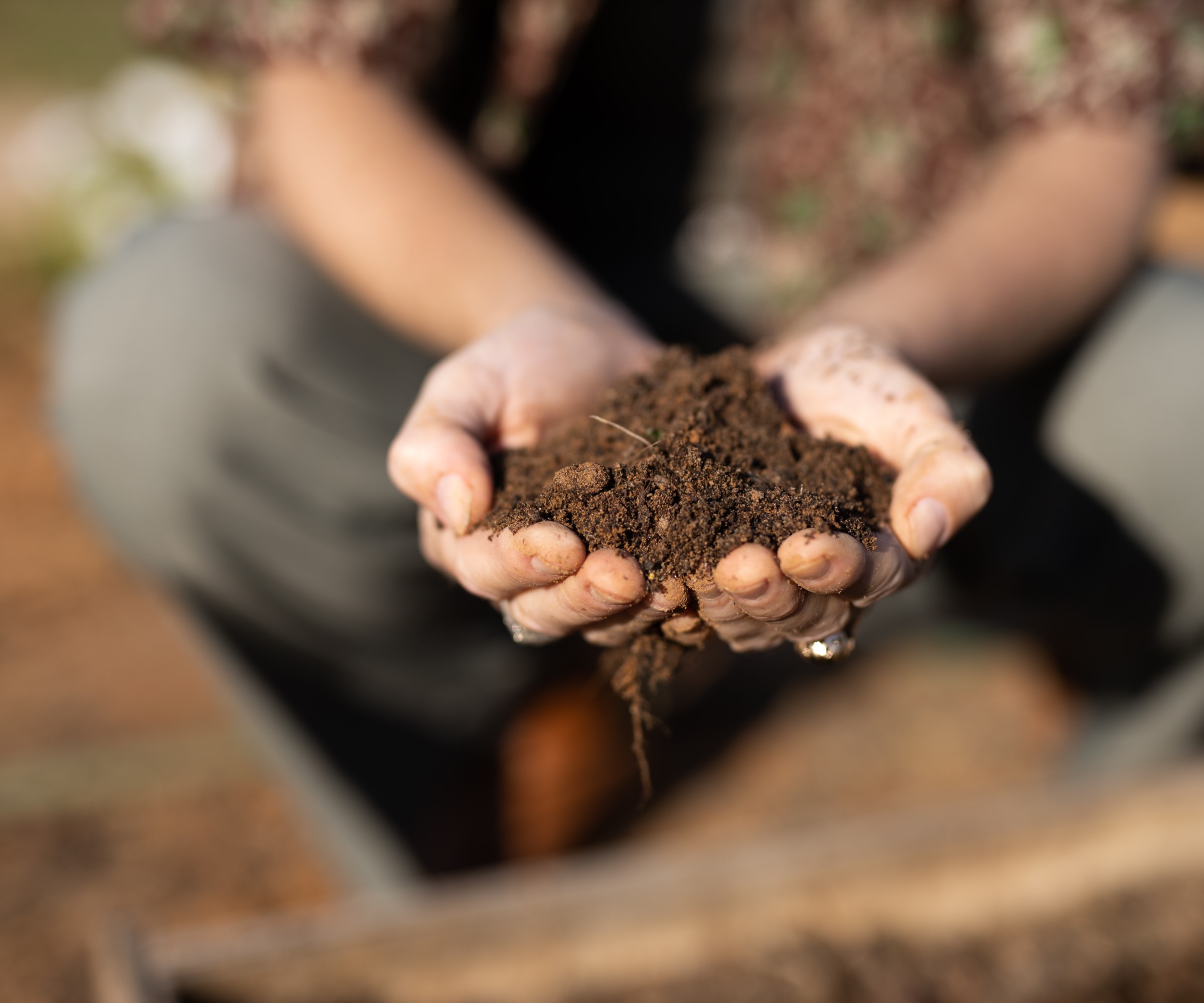
10 of the best plants for loamy soil
'Loamy soil, or loam, has for many years been the Holy Grail of the gardening world,' says landscape designer and soil expert Juliet Sargeant, whose new book Start with Soil is available at Amazon.
'It's an ideal mix of the three different soil particle sizes – sand, silt and clay – and so is generally thought to be the best of all worlds. It's not too gritty and free-draining, and not too claggy and unworkable, which makes it the Goldilocks of soils.'
Even if you are lucky enough to be dealing with such good stuff that you don't need to find out about your soil health, it's still a good idea to tailor your planting by choosing the best plants for these conditions.
With this in mind, we asked some of our favorite experts for their recommendations for the best plants for loamy soil and here are the varieties that made it onto their shortlist.
Design expertise in your inbox – from inspiring decorating ideas and beautiful celebrity homes to practical gardening advice and shopping round-ups.
1. Daphne odora
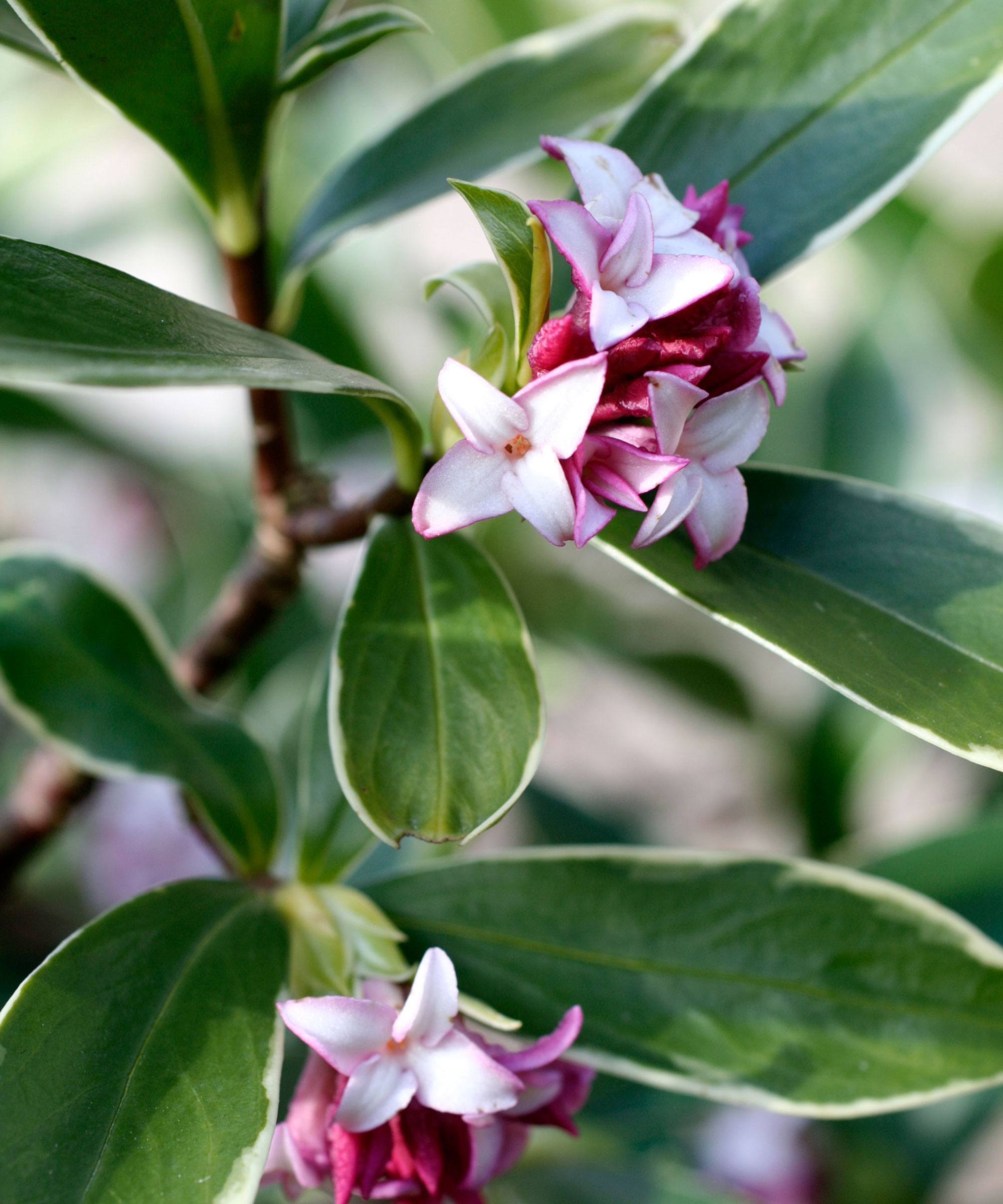
Daphne odora Aureomarginata
'Daphne odora is temperamental, but worth trying to grow for its wonderful scent,' says Juliet.
'It likes a sunny position, with rich, organic, moisture-retentive soil, and it hates wind. If happy, it will establish quickly, forming a rounded shrub with healthy, shiny leaves. It dislikes root disturbance.'
Juliet picks the 'Aureomarginata' cultivar for her list of best plants for loamy soil. This evergreen, variegated, rounded shrub grows to 4ft tall. It has small, pale pink, highly scented flowers from January–April, depending on your climate.
Find out how to grow daphne and you'll soon discover it's a super star of the late winter/early spring garden.
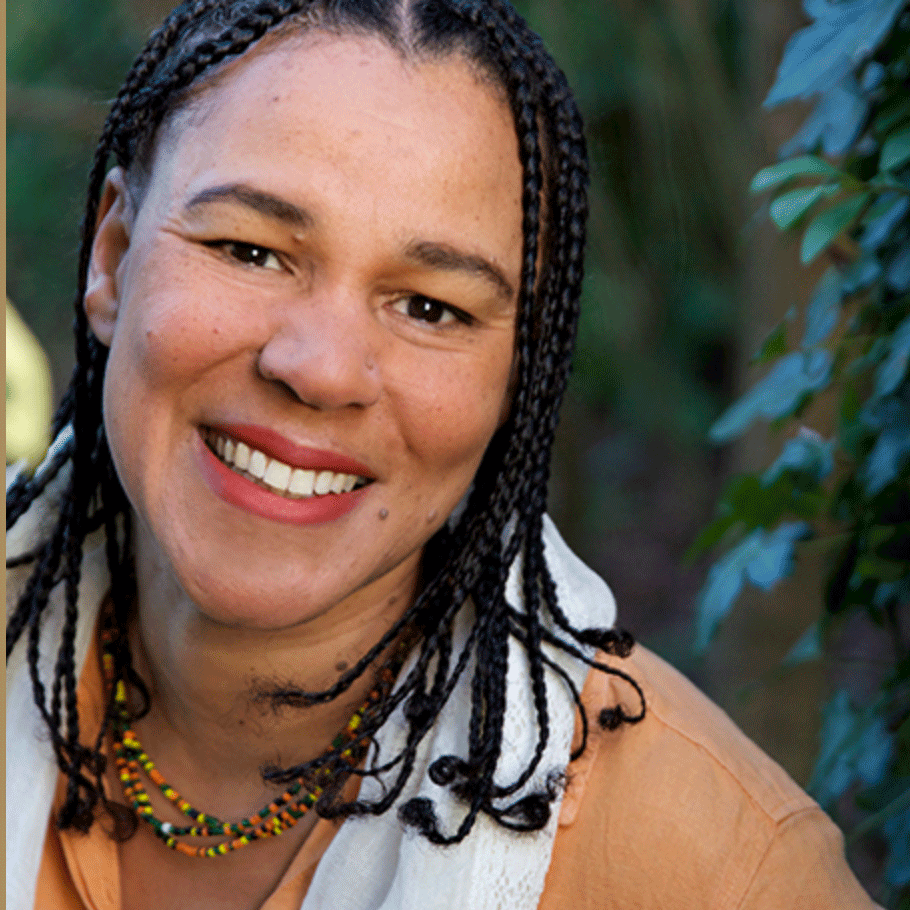
Juliet Sargeant has a BA (Hons) in Garden Design and is a Registered Fellow of the Society of Garden Designers. She is director of The Sussex Garden School, acts as an RHS show garden judge, and is a familiar face on television gardening programmes in the UK.
2. Day lily
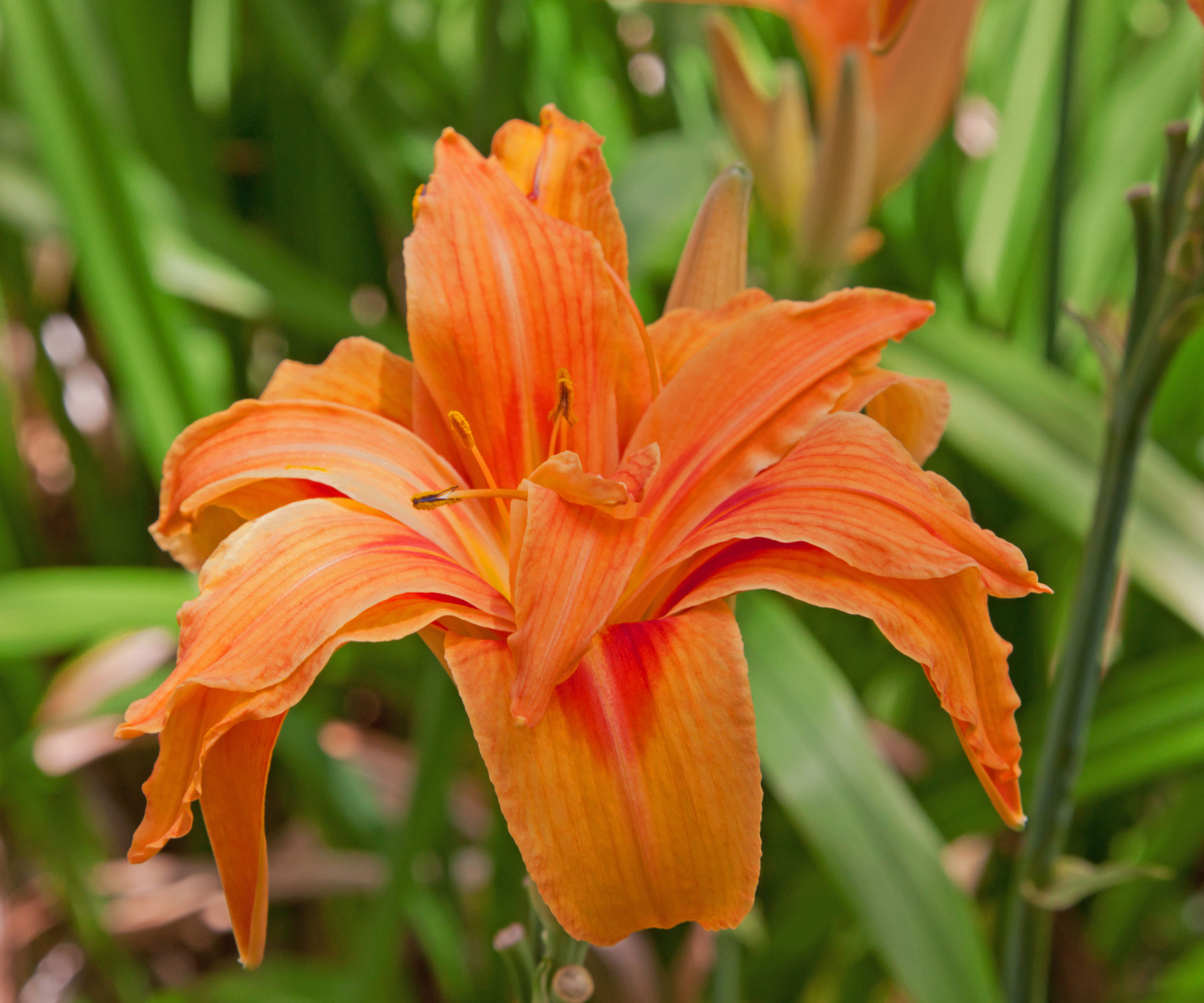
Day lilies are one of the must-have plants for the summer border. They come up reliably year after year, and every so often, you can divide the clumps to get more plants. Find out how to grow day lilies to add vibrant color to flowerbeds. Really you just plant them and forget about them.
'Day lilies grow best from zone 4, and do really well in loamy soil because it gives them good drainage, steady moisture, and ample nutrients, allowing them to produce more flowers, grow larger clumps, and rebloom more consistently,' says plant expert Kelly Funk, president and CEO, Jackson & Perkins.
'Their thick, fibrous roots anchor well in loose loam and benefit from the aeration and moisture retention that loam provides. They are virtually pest- and disease-free and do not need frequent watering or fertilizing. As a bonus, they also attract bees and butterflies to the garden.'
Try these Stella D'oro yellow day lilies from Amazon to add a vibrant color splash to your yard.

Kelly Funk is the president and CEO of Jackson & Perkins online nursery, which dates back to 1872, and has a reputation for cultivating exceptional roses. A passionate gardener herself, Kelly brings hands-on knowledge and a deep appreciation for plants to her leadership.
3. Spirea
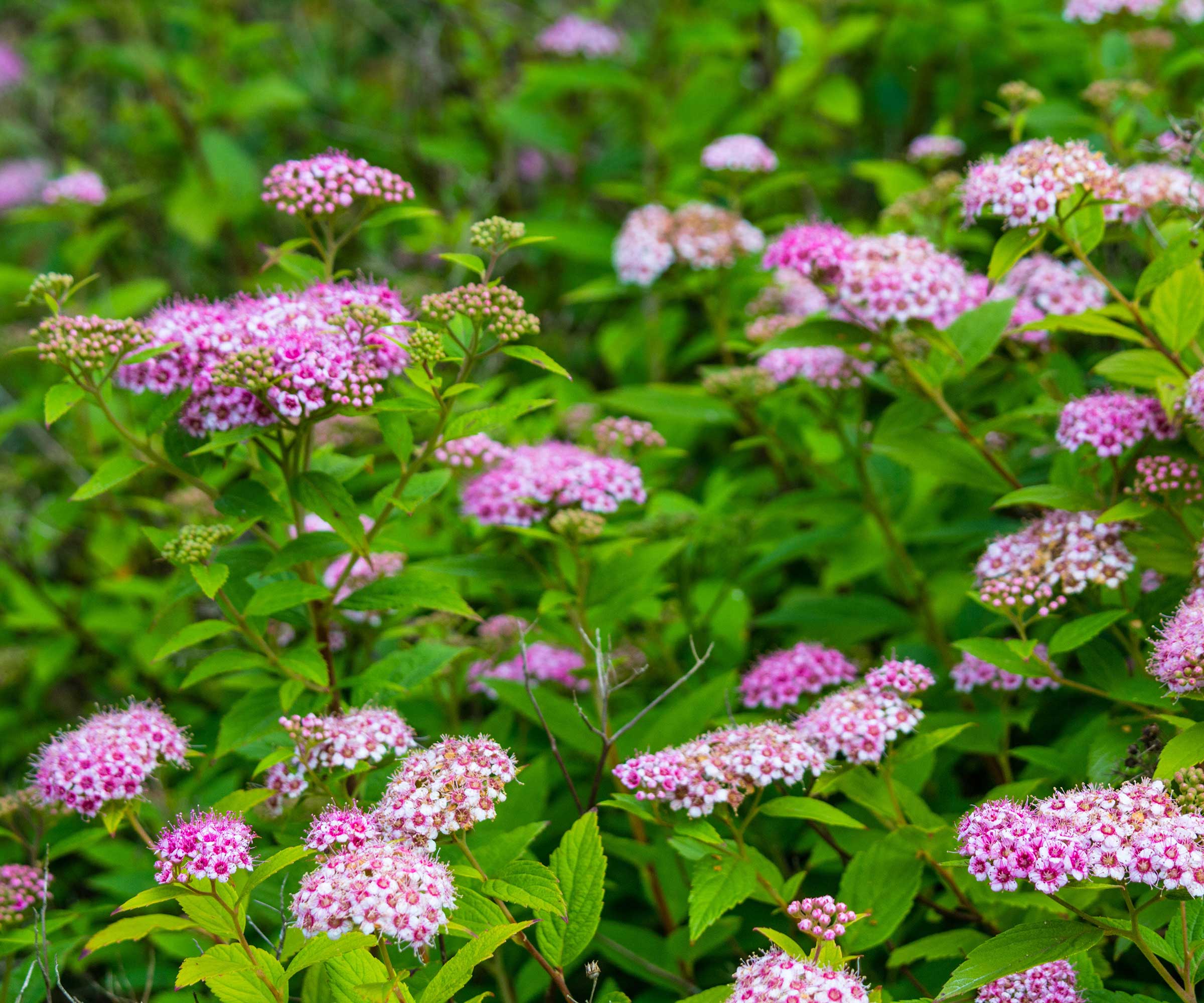
'Spirea performs best in well-drained, fertile soils and responds with vigorous growth, abundant flowers, and healthy foliage in loamy soil,' says Alexander Betz, landscape designer and founder, Plant By Number.
'They are pest- and disease-resistant and low maintenance, only needing to be lightly pruned after blooming.'
These pollinator-friendly plants attract bees and butterflies, and there are many compact spirea varieties to choose from, making it easy to fit into any landscape size.
The generous clusters of flowers and easy-going habit make them a favorite garden shrub in Zones 4-8.

Alexander Betz is a landscape designer, plant expert, entrepreneur and founder of Plant By Number. This system brings professional guidance to home landscapes by taking traditional garden design files, scaling them, and printing them directly onto landscape fabric and paper.
4. Dogwood

'Dogwood trees prefer moist, fertile, well-drained soil, exactly what loam offers,' says Alex Betz.
'In loamy conditions, their roots stay cool and evenly moist, which is crucial for healthy growth and vibrant flowering.
'Many dogwoods can tolerate cool US hardiness zones, and can deal with some clay or sand, but they do not do well in compacted or excessively dry soil.
'Loam allows their shallow roots to spread easily without becoming waterlogged or starved. They also provide nectar for early pollinators, fruit for birds, and even host plant benefits for some butterfly larvae.'
Our dogwood care and growing guide will give you the lowdown on everything you need to know about these gorgeous flowering trees if you love the idea of adding them to your garden.
5. Summer flowering bulbs
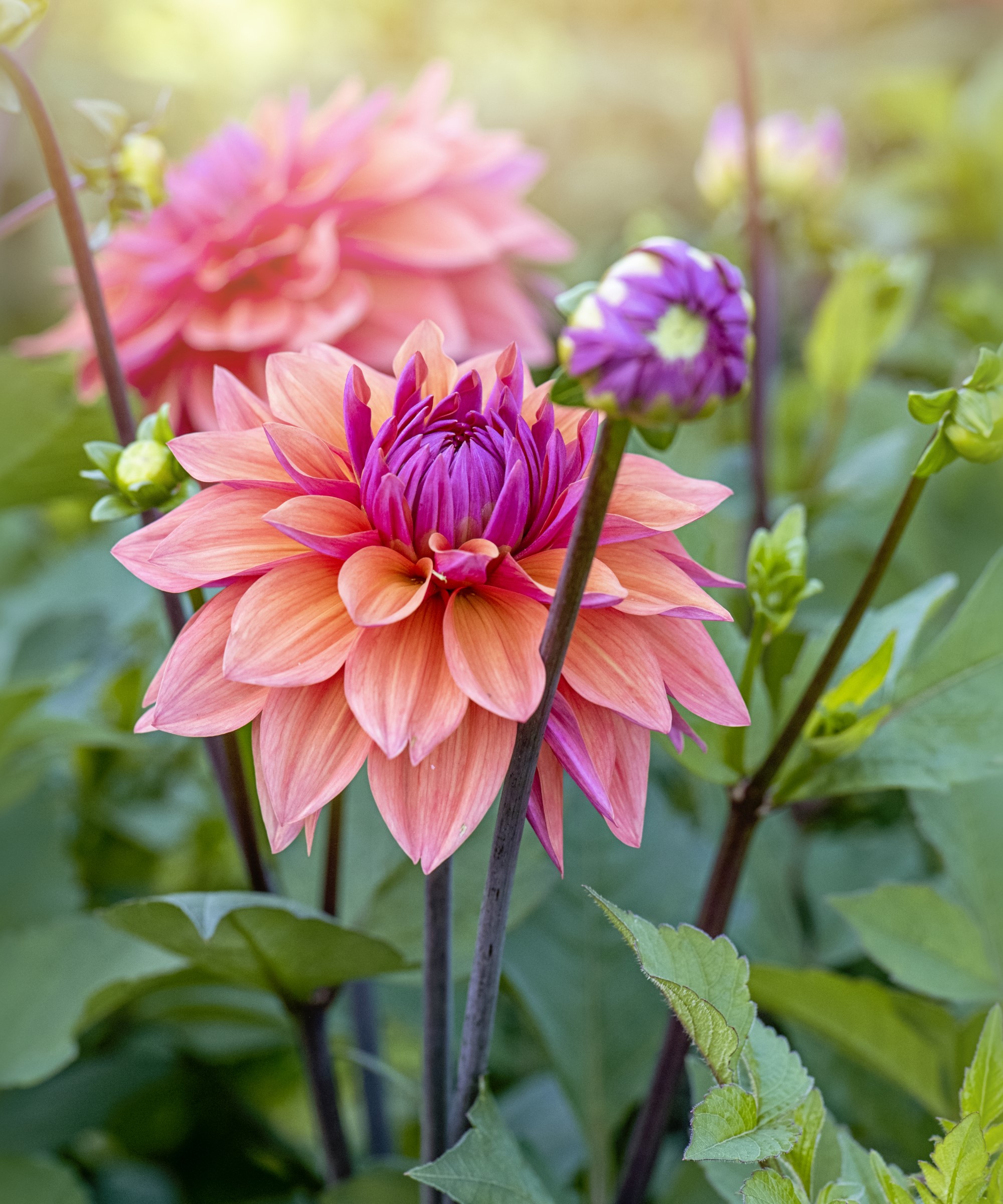
Dahlia
'Flower bulbs do great in loamy soil, offering the perfect balance of drainage and nutrient retention,' says horticulturalist and bulb expert Peggy Anne Montgomery, horticulturist for flowerbulbs.com.
'The rich, crumbly texture of loamy soil supports healthy root growth and sustains plants throughout the season. Bulbs like dahlias and gladioli particularly love loamy conditions, and will reward gardeners with vibrant, long-lasting blooms.'
Discover the best summer bulbs to fill your garden with color and scent throughout the season. Choose varieties that flower at different stages for successive color and a long-lasting display.

Peggy Anne Montgomery is a horticulturist with 35 years' experience in the industry in the Netherlands and the US. Her home garden has appeared on television, in several gardening books, and in many magazines. Today, she is an executive account manager at the Garden Media Group, where she represents Dutch Royal Anthos, the largest consortium of Dutch bulb growers and exporters in the US and Canada.
6. Pacific madrone (Arbutus menziesii)
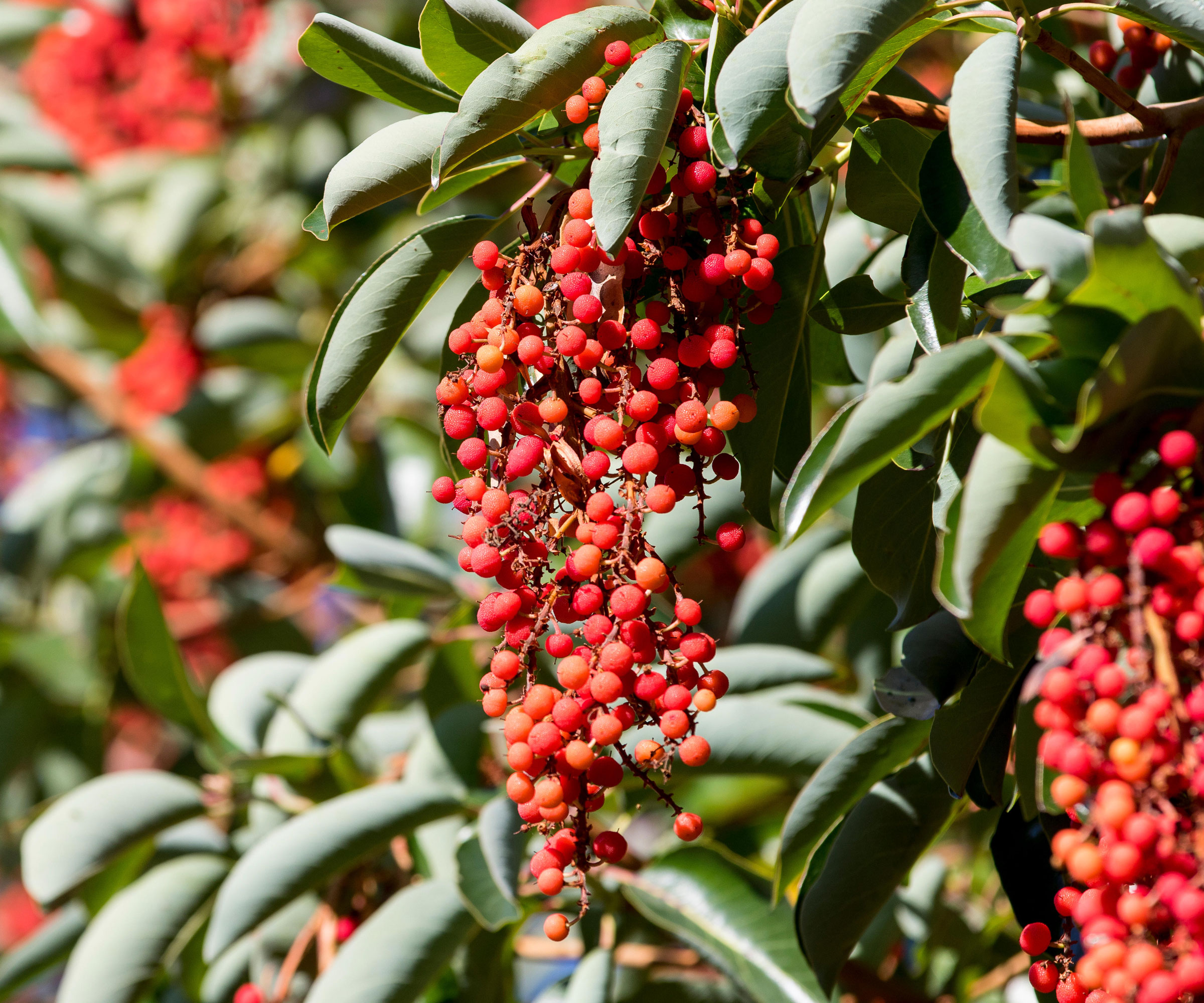
'Many trees thrive in loamy soil because it offers the ideal balance of drainage, moisture retention, and nutrients,' says Lisa Tadewaldt, owner of tree service company Urban Forest Pro.
'Those with loamy soil can grow more selective and interesting varieties that may not thrive elsewhere.'
A favorite of Lisa's is the Pacific madrone (Arbutus menziesii), a beautiful but notoriously difficult tree to cultivate.
'One of the key requirements for its growth is loamy, well-drained soil. While it also prefers milder climates, it can tolerate occasional freezing, just not for extended periods.'
The smooth, reddish-orange bark is its most distinctive feature, which peels away in thin sheets to reveal a fresh green or coppery layer underneath.
This peeling bark gives the tree a dramatic, constantly changing appearance. In spring, clusters of small, bell-shaped, white to pinkish flowers are attractive to pollinators like bees and butterflies.

Lisa Tadewaldt is co-founder of Urban Forest Pro, a tree care company based in Portland, Oregon, and an ISA Certified Arborist®.
7. Roses
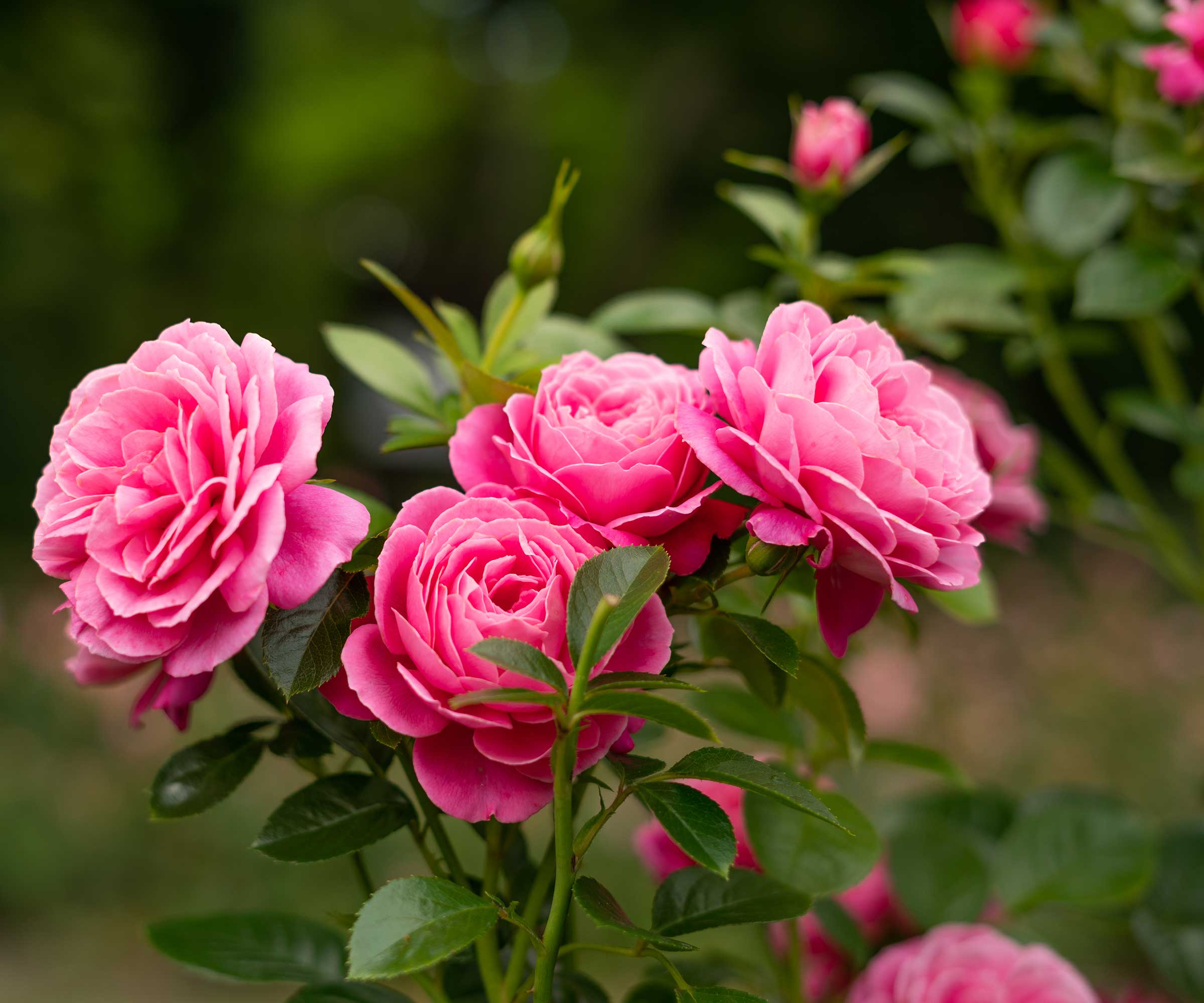
'Rose bushes thrive in loamy soil,' says April & Ashley’s co-CEO and lead farmer, Tyler Francis.
'A key part of planning a flourishing rose garden is assessing the soil. Roses are most comfortable in loose, sandy loam. This type of soil allows for good drainage, ensuring the roots won’t get soggy and avoiding rot.'
Find out more about rose care and growing to get the best out of your bushes. Remember that roses are hungry plants, so even though you're starting off with the best possible loamy soil, it's still important to add a shovel of soil improver or organic matter to the hole and fork it into the soil at the bottom before planting.
Roses have deep roots and so can withstand drought, but appreciate being watered in dry weather and will flower better if they are.

Tyler Francis leads the family-owned business April & Ashley, which has grown from humble beginnings to become the premier wholesale supplier of rose bushes across the US and Canada. Tyler’s focus remains on ensuring sustainable practices and cultivating a legacy of excellence.
8. Peony ‘Lafayette Escadrille’
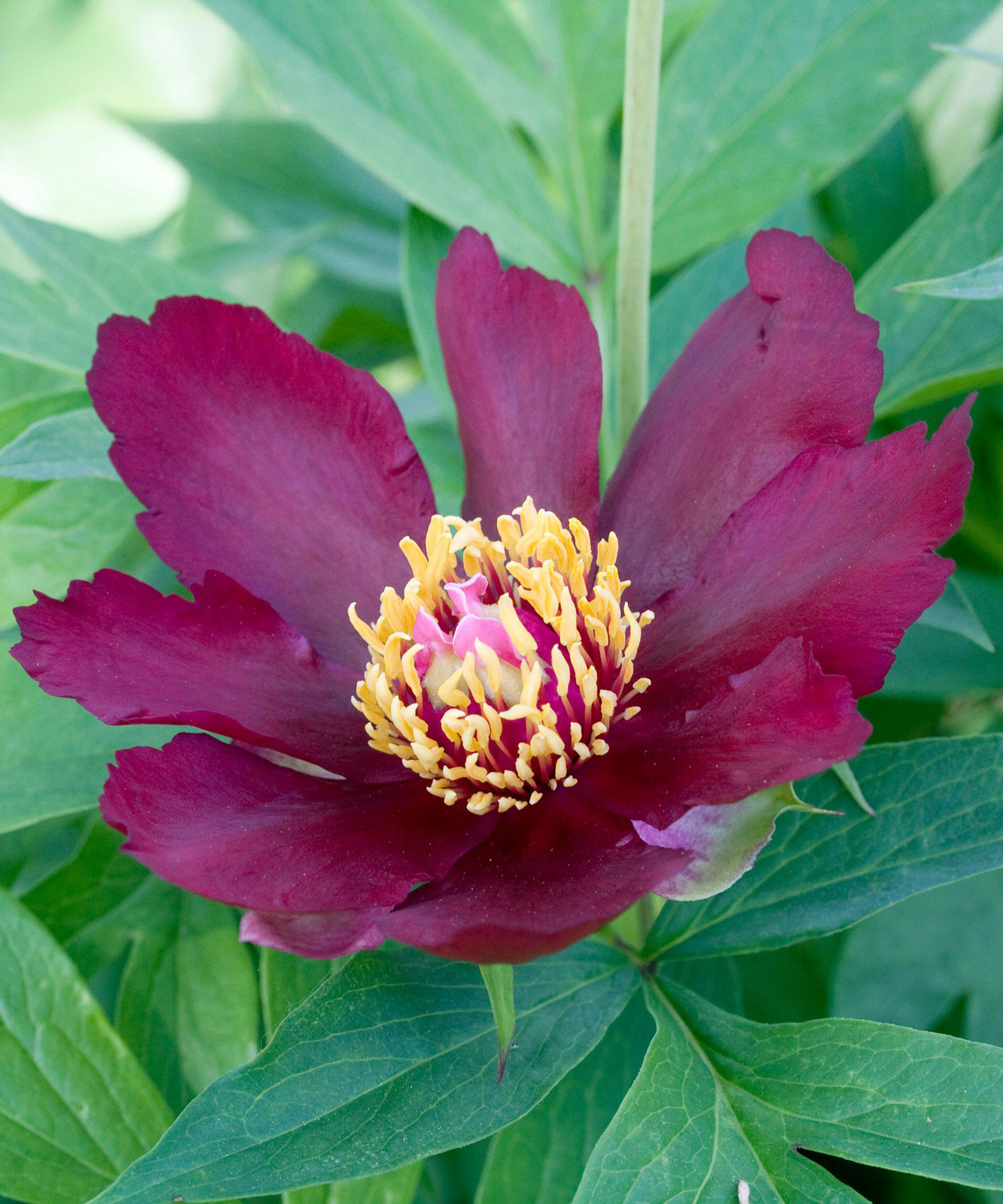
Peonies are one of the best plants for loamy soil as they thrive in fertile soil that's free draining. Find out how to grow peonies correctly and you will be rewarded with a succession of showy blooms.
There are lots of varieties to choose from and everyone has their favorite. 'The peony ‘Lafayette Escadrille’ is a rich-red, many-flowered variety,' says Juliet Sargeant, who recommends it for loamy soil.
'It's slow-growing, but worth the wait. ‘Intersectional’ cultivars like this one have been bred to flower longer and don't require staking. Avoid mulching or burying the developing shoots, which might rot if you do.'
This floriferous variety has flashy golden-yellow anthers that pop against the dark petals.
It's a vigorous growing plant in loamy soil, reaching a height of around 30 inches, and hardy in Zones 4-8. The dense green segmented leaves make it an excellent landscape plant for foliage.
9. Agastache
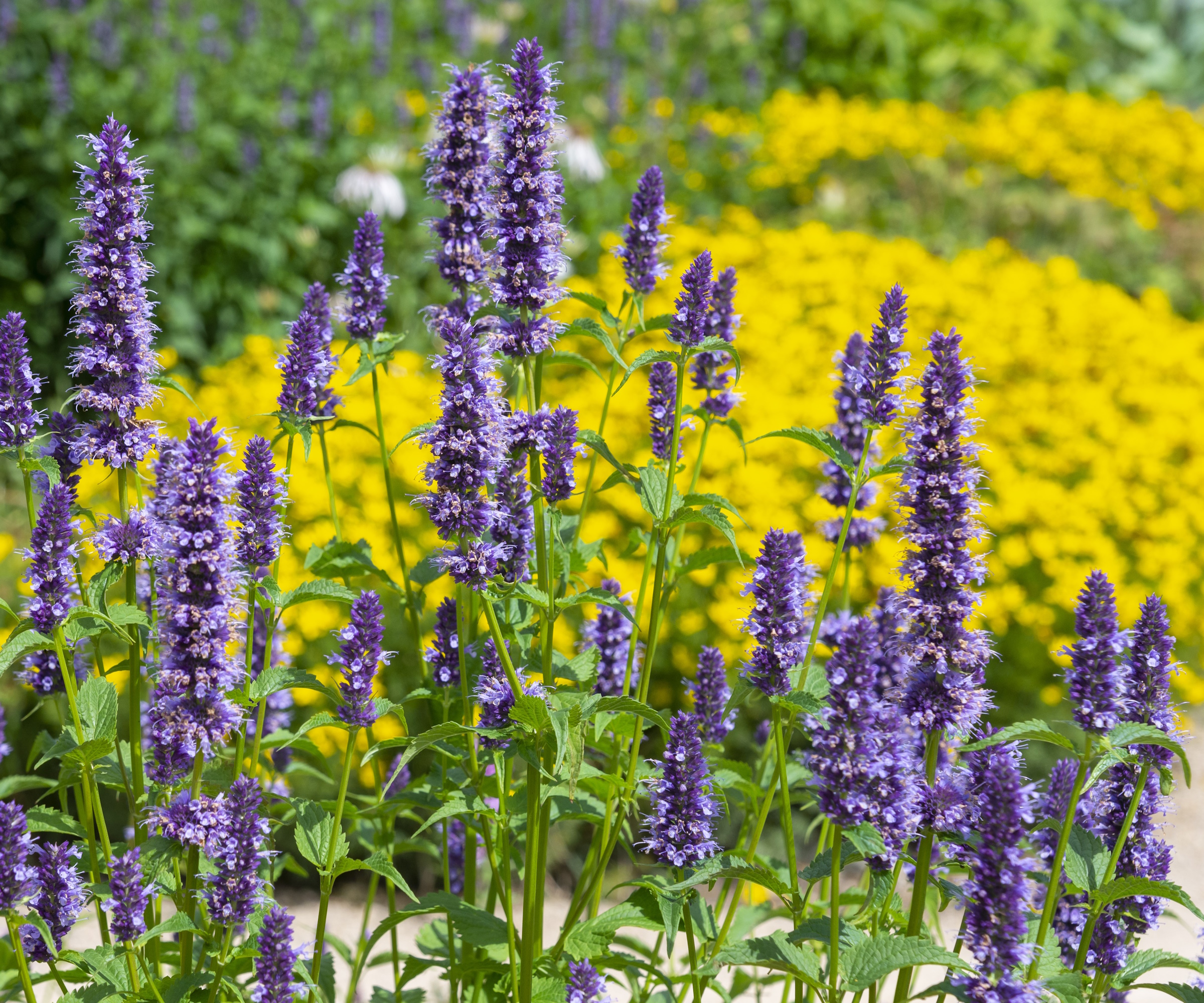
Long-flowering Agastache, also known as hyssop, has lovely flower spikes in shades of purple, dark blue, pink and orange that pollinators and hummingbirds love, as well as their aromatic foliage.
Hardy throughout Zones 6-10, it's one of the best plants for loamy soil, especially if you want to add some vertical punctuation marks in flowerbeds.
It's also one of the best lavender alternatives if you're looking for easy landscaping plants with a difference.
Well-draining soil is essential for Agastache. It can tolerate various soil types, but a sandy or loamy soil mix works best for this drought-tolerant perennial.
Try the lovely 'Purple Haze' hyssop from Nature Hills for a hardy variety that's guaranteed to do well.
10. Heuchera
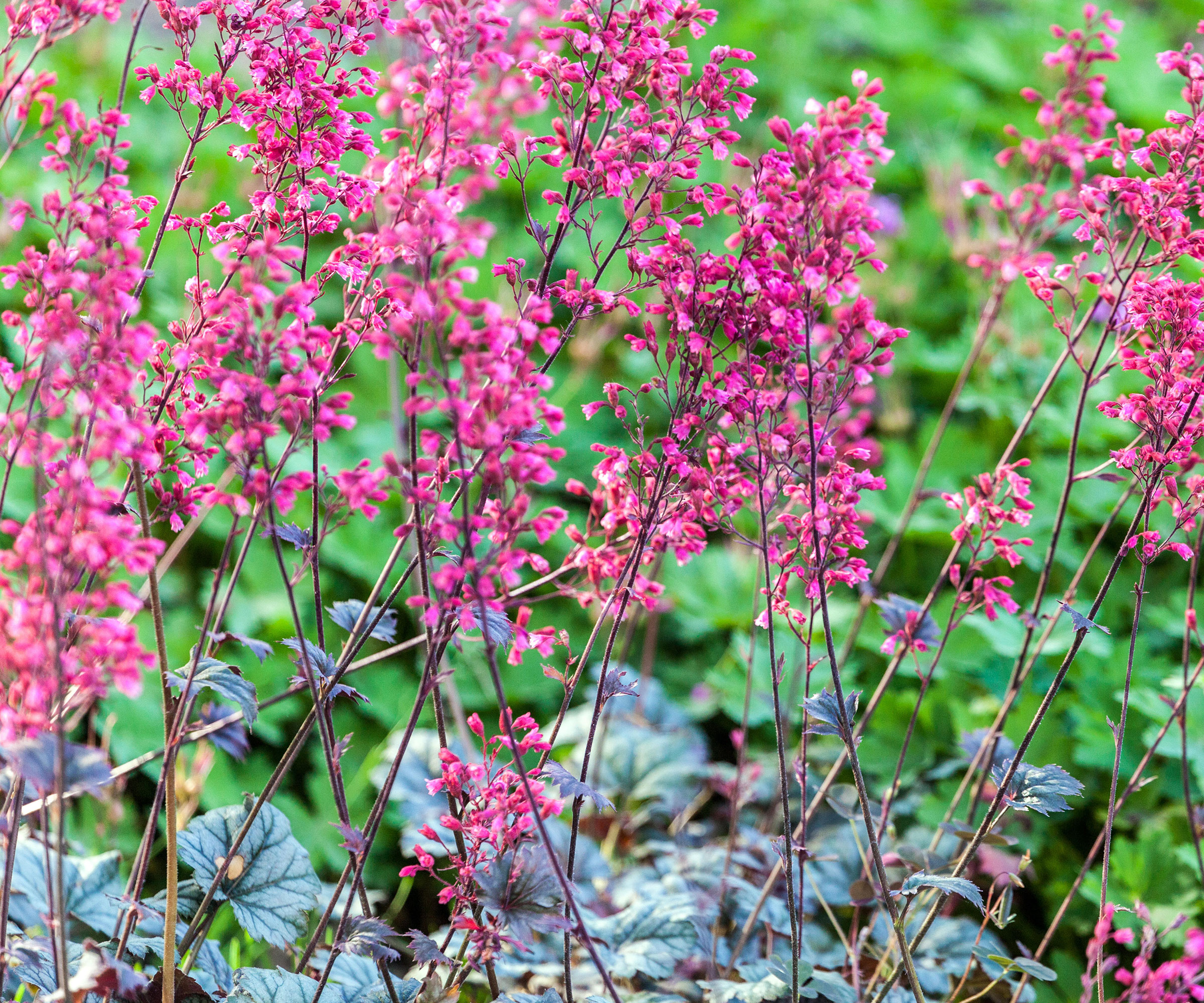
Now for one of my own favorites. While studying horticulture, I tested my own garden soil and found it was 'clay-loam'. Previously I loved adding heuchera (also known as Coral Bells) to container gardening ideas, but they never seem to do very well.
So after the soil test, I switched to planting them in the garden and now they are racing away.
There are so many heuchera varieties to choose from, it's hard to know where to start but I always opt for the dark pink ones like the 'Timeless' series or lovely plum colored ones like this Northern Exposure Purple Coral Bells from Nature Hills, as I tend to gravitate towards a darker color palette.
Heuchera are evergreen hardy perennials with pretty flowers that are popular with hummingbirds and pollinators, including bees and butterflies.
Growing in Zones 4-9, these US natives need dividing every couple of years to maintain strong growth.
Find out about the best plants for clay soil and the best plants for sandy soil to see if any of these turn out to be popular plants where you live. It's often the best indication of what will do well in your own garden, too.

Lifestyle journalist Sarah Wilson writes about garden design and landscaping trends for Homes & Gardens. She has studied introductory garden and landscape design, and also has an RHS Level 2 qualification in the Principles of Plant Growth and Development. She is a regular contributor to Homes & Gardens and Livingetc. She has also written for Country Living, Country Homes & Interiors, and Modern Gardens magazines
You must confirm your public display name before commenting
Please logout and then login again, you will then be prompted to enter your display name.